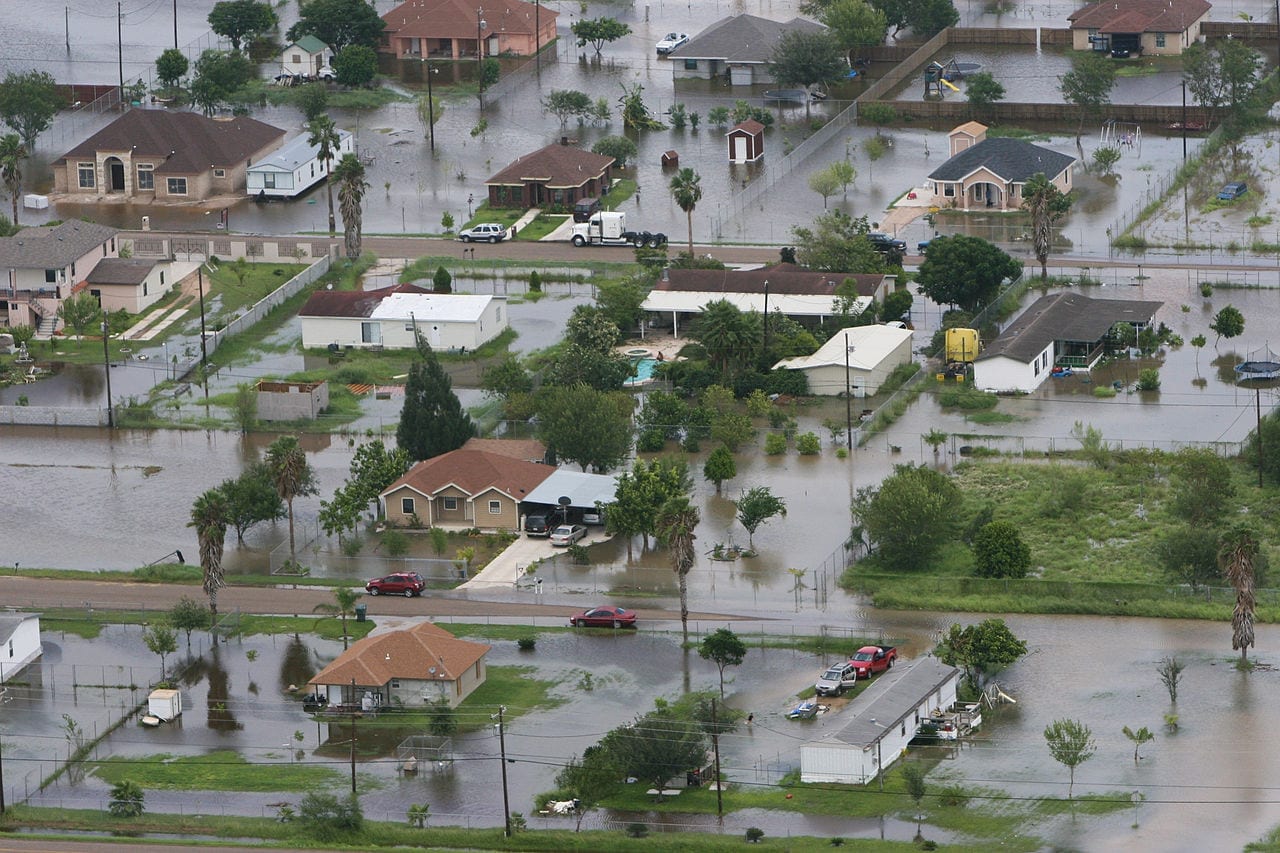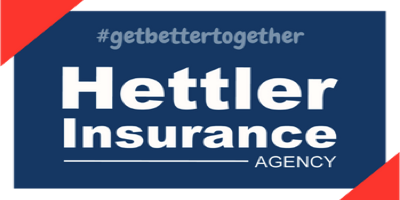
When Is Flood Insurance Needed?
Flood Insurance for Texans
Flooding is commonly excluded from many homeowners, commercial property, and renters’ insurance policies. Although these policies cover most natural disasters: floods, earthquakes, and hurricanes (at least from water damage) are typically excluded, due to their severity and rarity.
Most areas of flooding, naturally occur on the coastlines. Regardless of your view on climate change, flooding has increased in Texas in recent years. Texas has 367 miles of exposed coastline ranking sixth for all U.S. states. For Texas communities such as Corpus Christi, Angleton, Port Arthur, Galveston, Houston, Texas and surrounding cities and suburbs, heed a strong recommendation for flood insurance, as hurricane risks are imminent.
Floods are also more likely to occur in drought areas, which caused flash floods in Central and West Texas throughout 2015 and 2016. It sounds ironic, yet when water-scarce areas of the state receive water, it’s often too much at once for the ground to soak up. According to Drought Monitor, there is a greater risk of flash foods if you live in the panhandle and far West Texas/Permian Basin.
Compare Quotes from Multiple Carriers!
We do the shopping so you don’t have to.

Flood Protection Coverage
Although flood insurance covers damage from most scenarios of rising water, flood insurance has exclusions and should be paired with a comprehensive homeowners or commercial property policy. Flooding from appliances, such as a toilet overflow or broken sump pump, are typically covered in homeowners and renters policies. Storms that remove a roof, only to allow rainwater to enter the house would also be covered in most homeowners policies. Coverage is also limited for basements and mold-causing claims, these typically aren’t covered by flood insurance.
It’s always wise to confirm what types of water damage are covered in your flood insurance policy, as well as homeowners, renters or commercial property policies.

Vehicle Insurance
Insurance protection for the vehicles that matter most to you.
– Auto Insurance – We insure thousands of cars, trucks, vans, and commercial vehicles used in all types of businesses.
– Motorcycle Insurance – Start your Motorcycle riding experience with insurance through Hettler.
– ATV and Motorsport Insurance – Does it have a key? Is it a dirt bike? We have a program to cover it.
– Classic Car Insurance – Classics and antique vehicles require special coverages. We represent a couple of different carriers to cover them.
– RV and Mobile Home Insurance – Big values traveling down the road? No problem. We handle the big risks all the time.
– Boat and Watercraft Insurance – We cover boats of all sizes.
Property Insurance
Insurance protection for the property that matters most to you.
– Homeowners Insurance – Your home is your castle. Protect your most valuable asset with quality coverage.
– Condo Insurance – Condos are a little different. Call us to get your specialized coverage!
– Renters Insurance – Fires in apartments and rental homes are way too common. Renter’s coverage is really reasonably priced.
– Landlord Protection ™ – Renting your home? Protect yourself with landlord insurance.
– Flood Insurance – You have to have a separate policy to cover flood… It can happen even here in the desert.
– Storm & Hail Insurance – Texas has had thirty-six $100,000,000 or larger disasters from severe storms in the past 25 years and more than 80% of the time, hail was to blame for the damage.
– Earthquake Insurance – Earthquakes have occurred in 39 states since 1900, and about 90% of Americans live in areas considered seismically active. Most home insurance policies do not cover earthquake damage. Good news, earthquake insurance can be inexpensive.
Commercial & Business Insurance
Coverage that helps protect your business
– Business Owners Policy (BOP) – Lubbock County is in the top 10 for commercial property damage due to wind, hail and dust storms; and the top 10 for commercial auto comprehensive claims due to weather; and the top 10 for lightning storm damage.
– General Liability Insurance (GL) – Insurance coverage for when you or your products hurt someone or damage property.
– Commercial Property Insurance – Coverage against Fire, Wind, Hail, and many other perils.
– Business Auto Insurance – Cover your business with insurance for commercial and business vehicles.
– Commercial Liability Insurance – also known as “general liability insurance” is a broad policy that covers a number of liability exposures of a business. Business liability insurance is often the first line of defense against lawsuits from customers, allowing an owner to protect both personal and business assets.
– Commercial Umbrella Insurance – Insurance coverage that gives an extra layer of liability protection from the rising costs of lawsuits.
– Workers’ Compensation Insurance (workers comp) – Medical bills and lost income Insurance coverage that helps you take care of injured employees.
– Cyber Security Insurance – In an era of leaked embarrassing online photos, confidential emails and digitally internet connected employees and customers, it’s no wonder businesses (of all sizes) are rushing to cover themselves with cyber liability insurance.
– Surety Bonds – Get your notary bond, your contractor’s bond, your bid bond, or your performance bond from Hettler Insurance Agency.
– Contractor’s Insurance – Many contractors operate out of the home and may not require commercial property insurance. Instead, contractors typically perform work at the customer’s location. This can be a residential home, a construction site or a commercial property.
– Builder’s Insurance – With a good Builder’s Risk policy, the structure, materials and equipment are protected from theft, vandalism and weather damage during the construction phase.
Life/Health Insurance
Insurance protection for your family’s health.
– Health Insurance – Insurance for you, your family, and your pocketbook. Uncovered medical costs can bankrupt you.
– Personal Umbrella Insurance – An umbrella policy provides additional layers of liability protection. If the liability limits are exhausted on your home, auto, or other underlying insurance policy, your umbrella insurance policy takes over and provides you with additional protection. You may need this in case of a car wreck involving a fatality, etc. For a minimal cost, you can protect your assets, and your future earnings.
– Whole Life Insurance – Life insurance coverage designed to be there for your whole life.
– Term Life Insurance – Insurance protection to help keep your family secure for a specific period of time.
